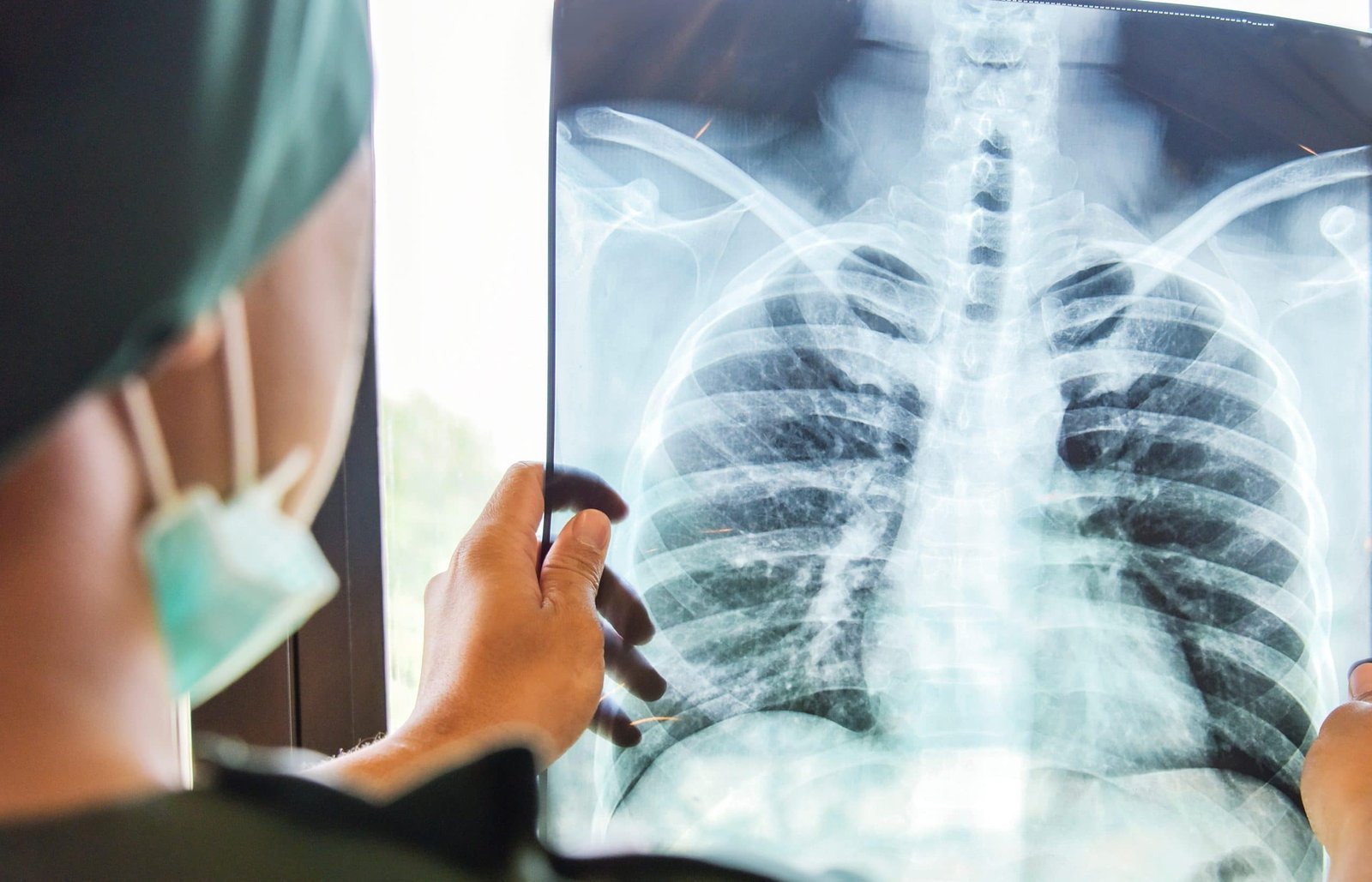Early screening – This book covers the entire syllabus of “Community Health Nursing” prescribed by the Universities of Bangladesh- for Basic and diploma nursing students. We tried to accommodate latest information and topics.
This book is examination friendly setup according to the teachers’ lectures and examination’s questions. At the end of the book previous university questions are given. We hope in touch with the book students’ knowledge will be upgraded and flourished. The unique way of presentation may make your reading of the book a pleasurable experience.
Early screening
Concept
The screening is defined as the search for unrecognized disease or defect by means of rapidly applied tests, examinations or procedures in apparently healthy individual. Screening is the presumptive identification of unrecognized disease or defects by means of tests, examinations, or other procedures that can be applied rapidly.
In advocating screening programmes as part of early detection of cancer, it is important for national cancer control programmes to avoid imposing the “high technology” of the developed world on countries that lack the infrastructure and resources to use the technology appropriately or to achieve adequate coverage of the population.
Screening means examination of those numbers of the population who are not ill to determine whether a disease is present or not.

Screening
The screening is defined as “the search for unrecognized disease or defect by means of rapidly’ applied tests, examinations or procedures in apparently healthy individual.
Or
Screening is testing for infection or disease in populations or in individuals who are not seeking health care; for example, serological testing for AIDS virus in blood donor, neonatal screening; premarital screening for syphilis screening.
Case finding
This is use of clinical and/or laboratory tests to detect disease in individuals seeking health care for other reason; for example, the use of VDRL test to detect syphilis in pregnant women. Other diseases include pulmonary tuberculosis in chest symptomatic, hypertension, cervical cancer, breast cancer, diabetes mellitus etc.
Diagnostic test
Use of clinical and/ or laboratory procedures to confirm or refute the existence of disease or route abnormality in patients with signs and symptoms premed to be caused by the disease; For example, VDRL testing of patient with lesion | suggestive of secondary syphilis; end cervical culture for N. gonorrhea.
Aim and objectives
The basic purposes of screening are to:
1. Sort out from a large group of apparently healthy person those likely to have the disease or at increased risk of the disease under study.
2. Bring those who are “apparently abnormal” under medical supervision and treatment.
3. Detect early diagnosis and subsequent treatment.
4. Alter the natural history of the disease in a significant proportion of those who are identified as “positive”.
Types of screening
Three types of screening have been described:
1. Mass screening.
2. High risk screening.
3. Multiphasic screening.
1. Mass screening:
Mass screening simply means the screening of a whole population or a subgroup, as for example, all adults. It is offered to all irrespective the particular risk individual may run of contacting the disease e.g. Tuberculosis.
2. High risk or selective screening:
Screening will be most productive if applied selectively to high-risk group e.g. screening for cancer cervix in the lower social groups.
3. Multiphasic screening:
It has been defined as the application of two or more screening tests in combination to a large number of people at one time than to carry out separate screening tests for single disease, e.g. hematological tests on blood and urine specimens, Lungs function assessment, audiometry and measurement of visual activity.

Characteristics of screening
1. The condition should be an important health problem.
2. There should be a treatment for the condition.
3. Facilities for diagnosis and treatment should be available.
4. There should be a latent symptomatic stage or asymptomatic disease.
5. There should be a test for the condition.
6. The test should be acceptable to the population.
7. The natural history of the disease should be adequately understood.
8. There should be an agreed policy on who to treat
9. The total cost of finding a case should be economically balanced in relation to medical expenditure as a whole.
10. Case-finding should be a continuous process, not just a ‘once and for all’ project.
11. Test used should be sensitive.
Significances of screening in disease /illness prevention
In developing countries like Bangladesh, people are suffering from various diseases and illness. Increase morbidity, mortality and disability rate. Early screening facilitate to prevention & promotion of diseases, prolonging life of people. The following significant of early screening are-
- To detect the disease or illness for treatment.
- To provide treatment and prevent disability and rehabilitation.
- To reduce mortality and morbidity.
- To determine health status of the country/ Nation.
- To create public awareness and educating health professionals.
- Early screening & prevention of disease & illness will save many lives.
Uses of screening
Four main uses have been described –
a) Case detection.
b) Control of disease.
c) Research purpose
d) Education opportunities
Assessment of growth and development
Surveillance is the most important weapon to detect growth and development of children. It includes the following aspects-
A) Physic growth:
1. Weight-for-age
2. Height (length)-for-age
3. Weight-for-height
4. Head and chest circumstance
B) Behavioral development: A closely related development is behavioral development. It is assessed in four fields.
1. Motor development.
2. Personal-social development
3. Adaptive development.
4. Language development.

As far as physical development is concerned, we have measurement techniques, for example, we measure growth in terms of kilogram and centimeters. But very great difficulties are encountered in connection with psychomotor, emotional and social development most measurement techniques are based on observation such as milestone of development.
See More:
